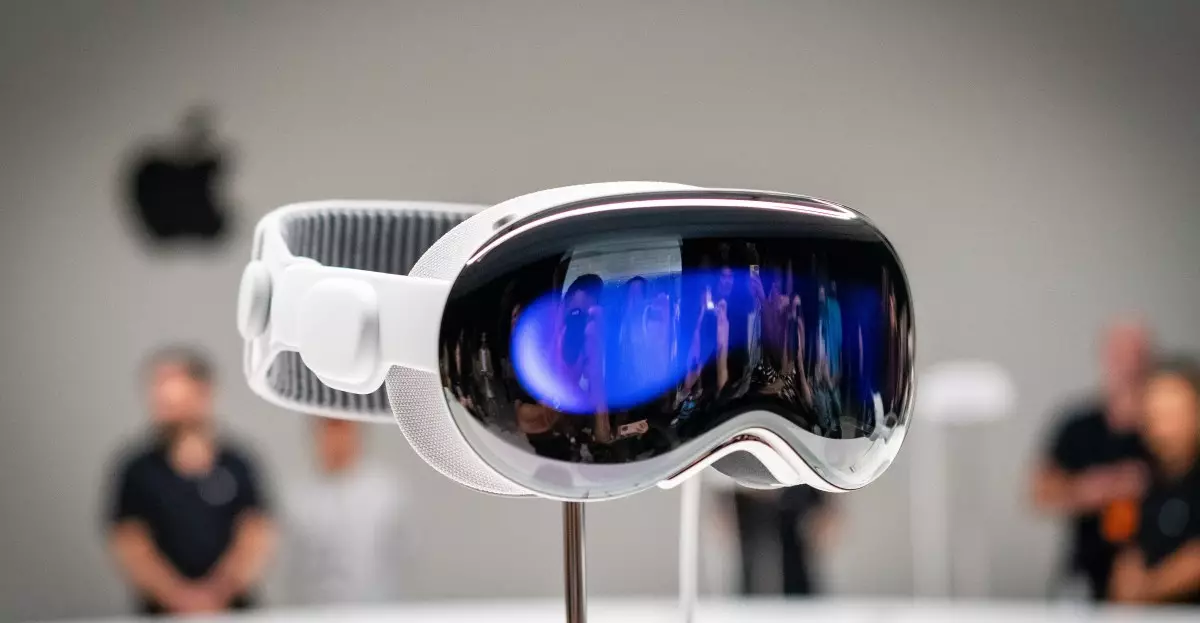In the modern technological ecosystem, intellectual property is more than just a company’s asset—it is the lifeblood of innovation, competitive edge, and future growth. The recent lawsuit involving Apple and a former employee, Di Liu, underscores the intense scrutiny and fierce protectiveness surrounding proprietary information. Apple’s claim that Liu downloaded thousands of sensitive documents before transitioning to a rival company reveals the deep-rooted concern corporations harbor about unauthorized data exfiltration. Such actions are not merely about personal ambition but threaten the very foundation of corporate research and development efforts.
This case sheds light on a broader issue: the ethics and responsibilities of employees entrusted with groundbreaking projects. When technical files, innovative concepts, or product designs are improperly accessed or transferred, it compromises the company’s strategic advantage. Apple’s aggressive pursuit illustrates how seriously leading tech giants treat breaches—viewing them as acts of theft that could undermine years of research and development investments. It also highlights the importance of rigorous access controls and internal monitoring to detect and deter malicious activities.
The Subtle Art of Concealment and the Final Days
One of the disturbing elements of this case is the alleged deliberate effort by Liu to hide his activities. According to the lawsuit, he selectively copied files, renamed them, and even deleted evidence from his work laptop. Such calculated actions suggest a conscious attempt to evade detection, indicating premeditation rather than an impulsive act. It raises questions about the adequacy of current internal security measures and how companies need to strengthen their defenses—not only technologically but also culturally—to foster greater accountability.
More alarmingly, Liu’s claimed health reasons to leave Apple conveniently obscured his real intentions. This kind of misdirection complicates investigations, as it creates a narrative that can be exploited to downplay malicious intent. The scenario demonstrates the importance of companies establishing clear exit procedures, comprehensive offboarding protocols, and continuous monitoring of employee activity during employment transitions—especially when sensitive projects are involved.
The Broader Implications for Innovation and Competition
This lawsuit is symptomatic of a larger industry trend: the fierce competition that characterizes high-tech sectors. Companies invest enormous resources into R&D, knowing that the fruits of their labor could be jeopardized by insider threats. When employees cross boundaries—whether intentionally or through negligence—they threaten to leak vital information that could give competitors an unfair advantage.
Apple’s focus on damages and return of stolen documents illustrates a zero-tolerance approach to intellectual property violations. However, the case also sparks debate on how corporations can better safeguard innovation while maintaining a healthy workforce environment. It emphasizes the need for balancing rigorous security with transparency and trust, fostering an environment where employees understand their ethical obligations.
Furthermore, the subtle connection between Liu’s alleged theft and Snap’s AR Spectacles hints at the broader risks of corporate espionage in the tech industry. It questions whether intelligence is being strategically stolen and repurposed, ultimately impacting the pace of innovation. The fact that major players are scrutinizing such incidents reflects a cautious approach that aims to deter future misappropriations, cultivating a landscape where proprietary knowledge remains fiercely protected.
The Culture of Security in an Age of Rapid Innovation
Companies like Apple are at the forefront of technological progress, but their success hinges on safeguarding the intellectual rigor that fuels their innovations. This case exemplifies the importance of cultivating a corporate culture that values security without stifling creativity. It suggests that tech giants must enhance internal controls, utilize advanced monitoring tools, and foster an ethical environment where employees recognize the gravity of misappropriating sensitive information.
Innovative cultures cannot flourish in environments riddled with suspicion and breach fears; instead, they require trust, transparency, and accountability. Implementing layered security measures, coupled with employee training and clear policies, can serve as the first line of defense. Yet, it’s equally crucial that companies foster a sense of shared responsibility—encouraging employees to act ethically and report suspicious activities before they escalate into damaging breaches.
This lawsuit is more than a legal skirmish; it is a reflection of an ongoing battle to secure the future of innovation amid growing threats of corporate espionage. Companies must continuously refine their defenses, not solely through technology, but also through cultural shifts that promote integrity. The stakes are too high for complacency in safeguarding the intellectual treasures that define the future of technology.


Leave a Reply